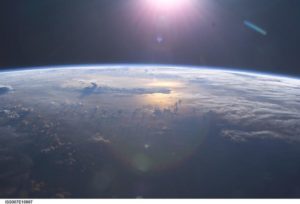
The Earth remains humanity’s only home in all the Universe, and the only planet that we know of capable of supporting human beings. Today, Earth Day, it’s more important than ever to appreciate it. NASA / EXPEDITION 7
With the advent of spaceflight, our perspective changed forever.
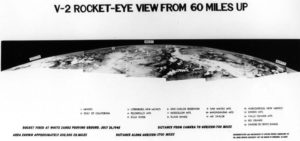
The very first image of the Earth from space, where the Karman line (the original definition of space) was crossed, occurred in 1945. By the time three additional years had passed, it was possible to achieve long enough, high-enough flights to stitch together a mosaic such as this one, revealing the curvature and many details on the surface of the Earth. JOHNS HOPKINS UNIVERSITY, APPLIED PHYSICS LABORATORY, U.S. NAVY
Now amateurs can reach heights even on a tight budget.
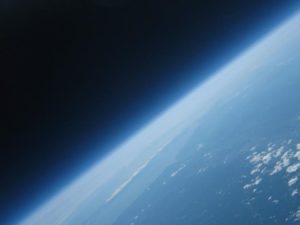
Today, you can venture up high enough to photograph the Earth’s curvature for a cost of just $150 (and with a much better camera than was available in the 1940s) if you’re a DIY kind of person. The photograph here comes from an MIT student project from 2009. OLIVER YEH, JUSTIN LEE AND ERIC NEWTON OF MIT, VIA HTTP://SPACE.1337ARTS.COM/
Astronauts from the International Space Station have the best views of Earth.
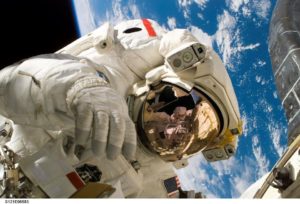
As of today, there has been a continuous human presence in space, aboard the International Space Station, for 18 years and 171 days. This is the longest such streak in our species’ history. NASA / STS-121 / SPACE SHUTTLE DISCOVERY / INTERNATIONAL SPACE STATION
Our planet’s river carve through the land.
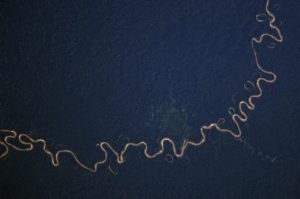
While a glance at this image might suggest that this is the Amazon river, it’s actually one of the more than 1,100 tributaries that flows into it. The Amazon is the one river that carries more water than any other on Earth. FYODOR YURCHIKHIN / RUSSIAN SPACE AGENCY
Glaciers that melt reveal a seasonally cyclic planet.
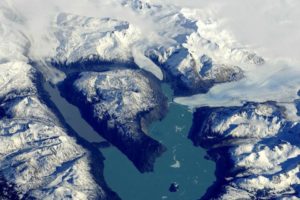
The Patagonian glaciers of South America are sadly among the fastest melting in the world, but their beauty is undeniable. Just minutes earlier, the ISS was flying over a tropical rainforest, showcasing how small our planet truly is. FYODOR YURCHIKHIN / RUSSIAN SPACE AGENCY
Our thin atmosphere makes biology possible.
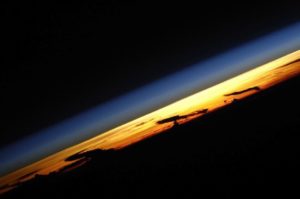
From aboard the ISS, the various layers of our atmosphere, the transient clouds present within it, and the filtered light from our Sun passing through it make up one of the 16 sunrises and sunsets that astronauts on board experience daily. FYODOR YURCHIKHIN / RUSSIAN SPACE AGENCY
Still, our obsession to venture further away reveals Earth’s cosmic significance.
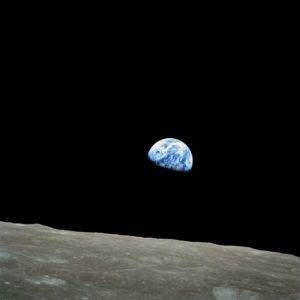
The first view with human eyes of the Earth rising over the limb of the Moon. The discovery of the Earth from space, with human eyes, remains one of the most iconic achievements in our species’ history. Apollo 8, which occurred during December of 1968, was one of the essential precursor missions to a successful Moon landing, which will celebrate its 50th anniversary this July. NASA / APOLLO 8
As we venture to other planets, we realize that we are barely a speck.
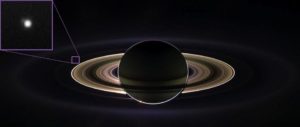
Taken by the Cassini spacecraft with the Sun hidden behind Saturn, this backlit view of our Solar System’s great ringed world contains a bonus: a few pixels that reveal the Earth-Moon system. This is one of the most distant photographs of Earth ever taken, but it still reveals our world as larger than a single pixel. NASA / JPL / SPACE SCIENCE INSTITUTE / CASSINI, BOXES BY E. SIEGEL
Event though we continuously venture outside our solar system, Earth is the only home to humanity.
Living our mission of journalism that builds communities, CDN Digital will come out with a series of articles on the protection and conservation of our planet in celebration of World Earth Day.
We are running this series in partnership with MCWD.
